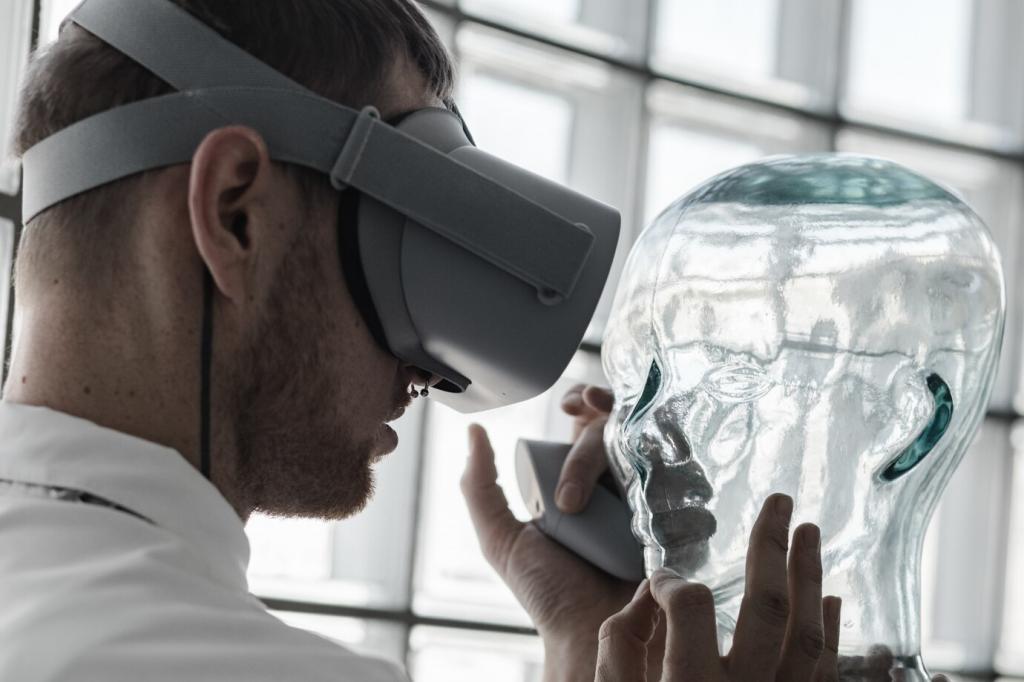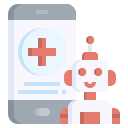The Role of Machine Learning in Tailoring Treatments
Personalized medicine has long been the goal in healthcare, aiming to provide each patient with treatments and interventions perfectly suited to their unique needs. Machine learning, a powerful area of artificial intelligence, is rapidly transforming this vision into reality. By processing vast amounts of health data, these algorithms can identify subtle patterns beyond human recognition, offering new ways to customize care for individuals. From diagnosis to therapy optimization, machine learning is ushering in an era where treatments are informed not only by broad population data but also by the distinct genetic, lifestyle, and clinical features of each patient. This page explores how machine learning is revolutionizing treatment personalization, the challenges it faces, and its promising future in medicine.
Understanding Machine Learning in Healthcare
The Basics of Machine Learning
Data Sources Feeding the Algorithms
Improving Diagnostics and Prognostics
Personalizing Drug and Therapeutic Choices
Addressing Challenges and Ethical Considerations

